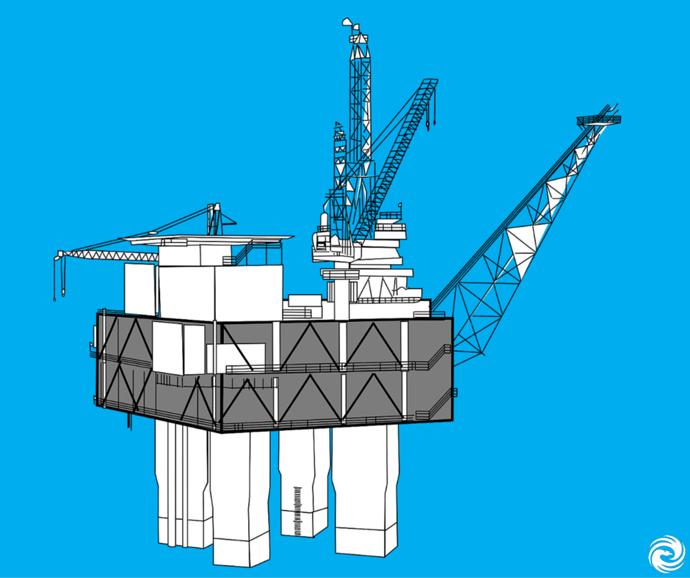Why the Oil and Gas Industry Needs Digital Transformation

The oil and gas industry is a tough place to be right now. There have always been unique challenges involved in this industry, but the current economic climate is the real kicker. The fact of the matter is, production of oil is now outpacing demand, leading to a drop of over 50% in worldwide oil prices since 2014. This slump is predicted to last at least through 2016, and possibly even longer.
The only way to reach the efficiency necessary to thrive in these conditions is through digital transformation.
The problem of data
One of the biggest issues currently facing oil and gas companies, broadly speaking, is a lack of integration. These companies are constantly collecting massive amounts of data, but in most organizations, this data is spread out across a multitude of self-contained data silos that prevent it from being used to its full capacity.
If this sounds familiar, it should—data separation and disconnection is currently a key obstacle for many if not most organizations down the gamut of industries.
It’s of particular note for oil and gas, however: oil and gas companies often collect data from remote locations, using operational technology that is managed separately from IT due to differing types of machinery and differing concerns. This, then, is the most important way digital transformation can benefit oil and gas companies.
What digital transformation can do
Oil and gas firms need to automate data collection—using, for example, such tools as remote sensors or drones to both increase the frequency of data collection and remove the need to station people in dangerous locations. They also need to integrate data and processes, using the Internet of Everything to link up the company as a single, holistic entity with shared resources and technology. And finally, oil and gas companies need to effectively analyze their wealth of data. At least one recent study has estimated that oil and gas companies need to hire roughly 11,900 new data analysts to maximize the value of their current assets through predictive analysis.
All in all, it has been estimated that by fully harnessing their people, processes, and data in this manner, oil and gas firms could generate an 11% increase in profits per year.
A better and safer business model
Some companies are still leery of digital transformation, citing in particular data security concerns. Security is a key issue for oil and gas, so these worries are understandable, but in the end they are unfounded. A wireless network that provides universal coverage for an organization need not be a security risk, so long as it’s fully encrypted.
In the meantime, digital transformation can help address many of the problems that have long plagued the oil and gas industry--such as physical and digital isolation and personal safety--and help firms weather the current slump and emerge all the stronger.
